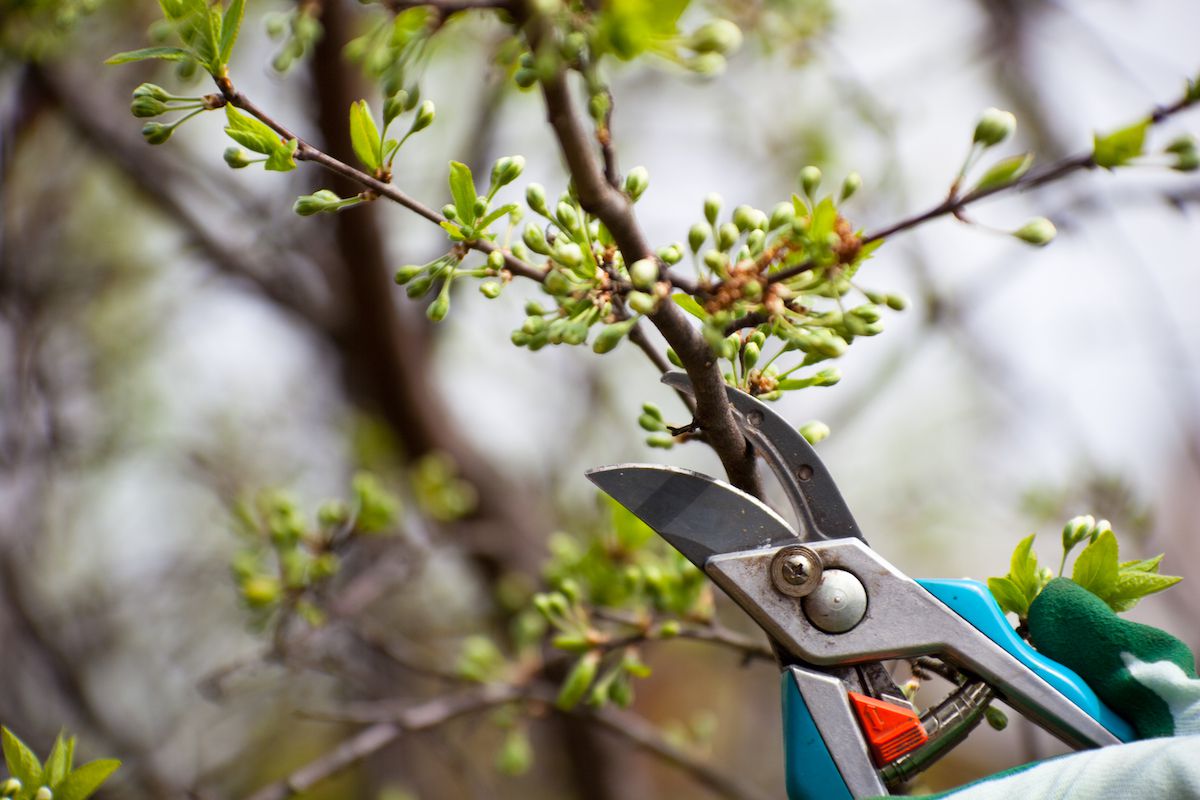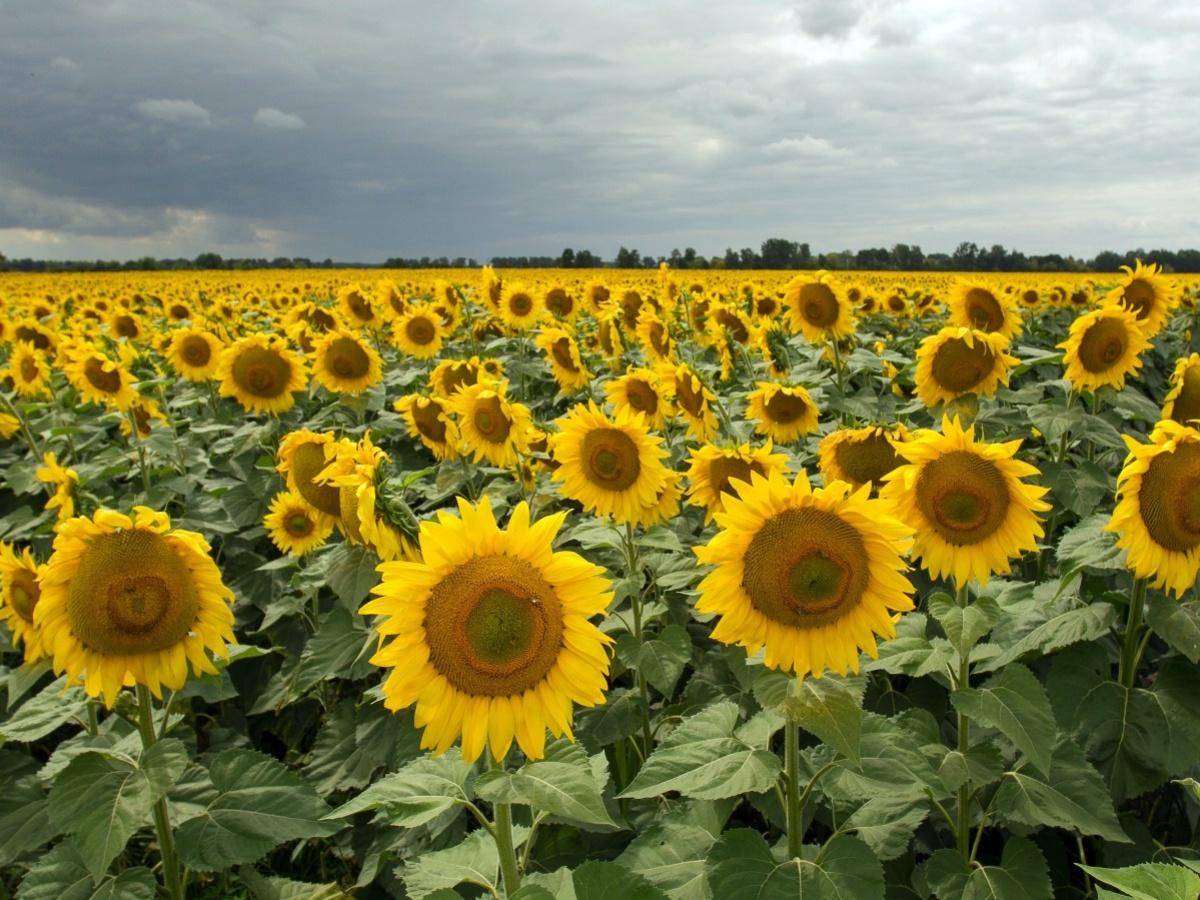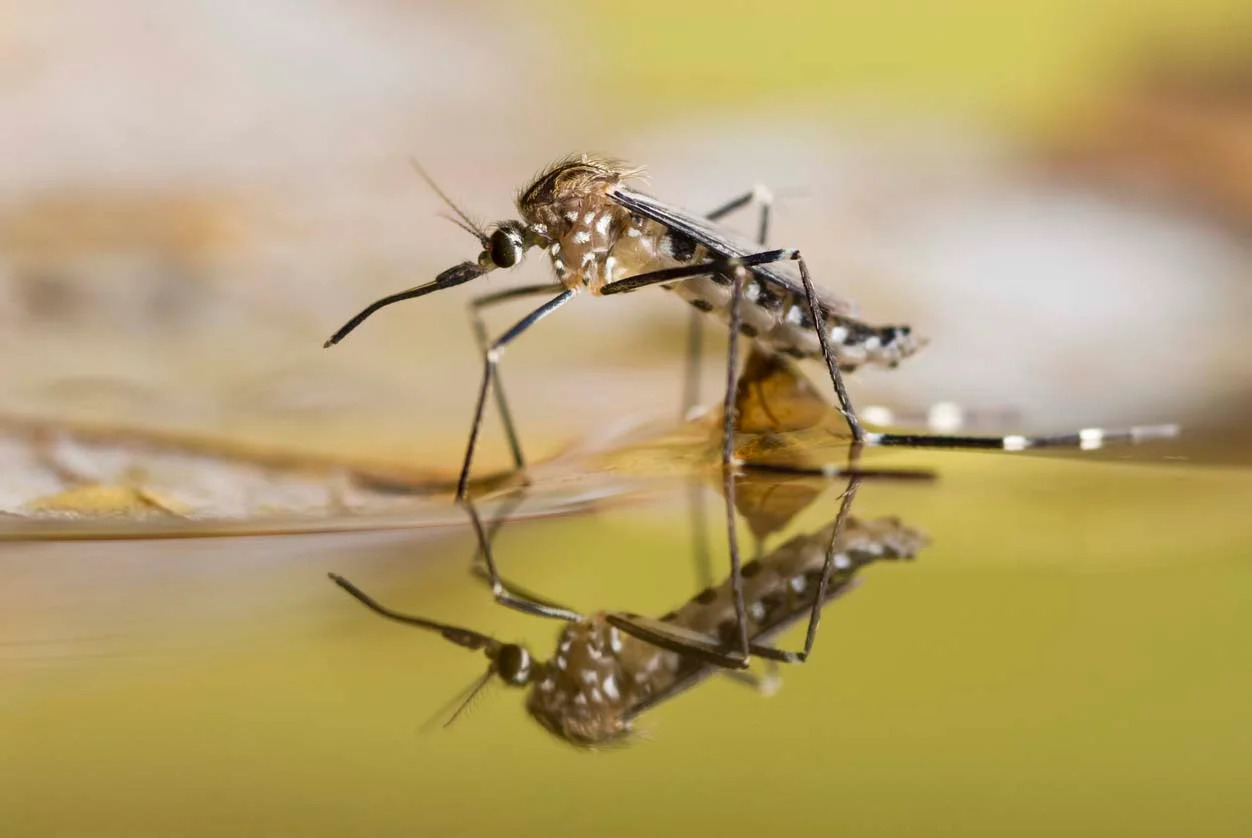Home>Gardening Basics>Getting Started>What To Do With Dead Weeds After Spraying


Getting Started
What To Do With Dead Weeds After Spraying
Published: December 14, 2023
Learn how to properly dispose of dead weeds after spraying with our comprehensive guide. Getting started with weed control has never been easier!
(Many of the links in this article redirect to a specific reviewed product. Your purchase of these products through affiliate links helps to generate commission for Chicagolandgardening.com, at no extra cost. Learn more)
Table of Contents
Introduction
Introduction
Dealing with dead weeds after spraying can be a perplexing task for many gardeners and homeowners. While the initial step of eliminating the weeds is essential for maintaining a healthy and aesthetically pleasing outdoor space, the question of what to do with the remnants often arises. Fortunately, there are several environmentally friendly and practical methods for managing dead weeds after they have been sprayed with herbicides. By understanding these options, individuals can not only effectively dispose of the weeds but also contribute to sustainable gardening practices.
Whether it’s composting the dead weeds to create nutrient-rich soil amendments, using them as mulch to suppress future weed growth, or properly disposing of them, each approach offers unique benefits. This article will delve into the various strategies for managing dead weeds after spraying, providing valuable insights and guidance for making informed decisions. By exploring these options, gardeners and homeowners can transform the aftermath of weed control into opportunities for enhancing the health and vitality of their outdoor spaces.
Composting Dead Weeds
Composting dead weeds is a sustainable and eco-friendly method for managing the aftermath of weed control. When weeds are sprayed with herbicides and subsequently die, they can still serve a valuable purpose in the form of compost. Composting dead weeds not only reduces waste but also creates nutrient-rich soil amendments that can be used to enhance the fertility of garden beds and landscaping areas.
When incorporating dead weeds into a compost pile, it’s important to ensure that the pile reaches adequate temperatures to effectively break down the organic matter, including the weeds and any herbicides that may be present. By maintaining the proper balance of green and brown materials, along with regular turning and aeration, the decomposition process can transform dead weeds into a valuable resource for enriching the soil.
One key benefit of composting dead weeds is the opportunity to neutralize any remaining herbicides. Through the microbial activity and breakdown processes that occur in a well-managed compost pile, the herbicides can be broken down over time, reducing the risk of residual chemicals affecting future plant growth. This approach aligns with sustainable gardening practices and promotes the creation of healthy, vibrant soil.
Furthermore, the resulting compost can be used to nourish plants, improve soil structure, and retain moisture, fostering a thriving and resilient garden ecosystem. By repurposing dead weeds through composting, gardeners can contribute to a more sustainable and self-sufficient approach to weed management while reaping the benefits of nutrient-dense soil amendments.
Mulching Dead Weeds
Another effective strategy for dealing with dead weeds after spraying is to repurpose them as mulch. Mulching dead weeds serves as a proactive approach to weed management, as it can help suppress future weed growth while simultaneously benefiting the soil and surrounding plants. By utilizing dead weeds as mulch, gardeners can contribute to a more sustainable and resourceful gardening practice.
When using dead weeds as mulch, it’s important to ensure that the weeds have completely dried out to prevent any potential regrowth. Once the weeds are thoroughly dried, they can be spread as a natural mulch layer around garden beds, vegetable patches, or landscaping areas. This mulch acts as a protective barrier, helping to smother weed seeds and prevent them from germinating, thus reducing the need for additional weed control measures.
Furthermore, as the dead weeds decompose over time, they contribute organic matter to the soil, enhancing its structure and fertility. This process fosters a healthier and more balanced ecosystem for plant growth, as the mulch gradually breaks down and enriches the underlying soil. Additionally, mulch derived from dead weeds can aid in moisture retention, weed suppression, and temperature regulation, providing multiple benefits for the overall health and resilience of the garden.
By repurposing dead weeds as mulch, gardeners can minimize waste, promote soil health, and reduce the reliance on synthetic weed control methods. This approach aligns with sustainable gardening principles and offers a practical solution for managing dead weeds while nurturing a thriving and resilient outdoor environment.
Disposing of Dead Weeds
When it comes to disposing of dead weeds after spraying, there are several considerations to keep in mind to ensure proper and environmentally conscious waste management. While composting and mulching dead weeds offer sustainable alternatives, there are instances where direct disposal is necessary. Whether due to the presence of herbicides, the volume of weeds, or specific local regulations, understanding the appropriate disposal methods is essential for maintaining a responsible approach to weed management.
If the dead weeds have been treated with herbicides, it’s crucial to research and adhere to local guidelines for disposing of herbicide-laden plant material. Some municipalities may have specific instructions for handling and disposing of herbicide-contaminated organic waste to prevent environmental contamination. In such cases, contacting local waste management authorities or extension services can provide valuable guidance on the proper disposal procedures.
For instances where composting or mulching may not be feasible, disposing of dead weeds through green waste collection services or designated organic waste facilities can be a viable option. Many communities offer green waste collection programs that accept organic debris, including dead weeds, for proper disposal or composting at specialized facilities. By utilizing these services, gardeners can ensure that the dead weeds are managed in an environmentally responsible manner, contributing to local waste diversion efforts.
Additionally, for smaller quantities of dead weeds, incorporating them into municipal yard waste bins or designated organic waste receptacles can be an effective disposal method. This allows the organic matter to be processed through municipal composting programs, diverting it from landfills and supporting the creation of nutrient-rich compost for community use.
By understanding the available disposal options and adhering to local regulations and best practices, gardeners can responsibly manage dead weeds after spraying, minimizing environmental impact and contributing to sustainable waste management efforts.
Conclusion
Managing dead weeds after spraying with herbicides presents an opportunity for gardeners and homeowners to embrace sustainable and resourceful practices in their outdoor spaces. Whether through composting, mulching, or proper disposal, the aftermath of weed control can be transformed into valuable resources for nurturing healthy and vibrant gardens and landscapes.
Composting dead weeds not only reduces waste but also creates nutrient-rich soil amendments, contributing to the fertility and vitality of the soil. By harnessing the natural decomposition process, gardeners can harness the benefits of compost while neutralizing any residual herbicides, promoting a healthier garden ecosystem.
Repurposing dead weeds as mulch offers a proactive approach to weed management, suppressing future weed growth while enhancing soil structure and moisture retention. This sustainable practice minimizes waste and supports a balanced and resilient garden environment.
When direct disposal is necessary, adhering to local regulations and best practices for handling herbicide-laden plant material is essential. Utilizing green waste collection services or municipal composting programs ensures that dead weeds are managed in an environmentally responsible manner, contributing to community waste diversion efforts.
By exploring these strategies for managing dead weeds after spraying, gardeners and homeowners can contribute to sustainable gardening practices while reaping the rewards of healthier, more vibrant outdoor spaces. Embracing these approaches not only minimizes waste but also fosters a deeper connection to the natural cycles of growth and renewal, enriching the gardening experience and the surrounding environment.
Ultimately, the management of dead weeds after spraying represents an opportunity to integrate sustainable, eco-friendly practices into the maintenance of outdoor spaces, fostering a harmonious relationship between gardeners and the natural world.




